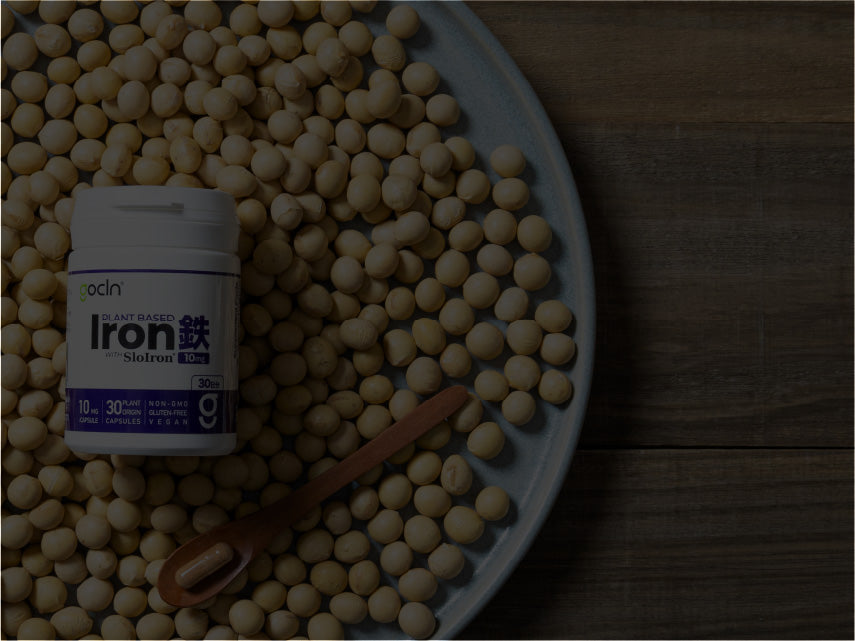Protein requirements of infants and children
Nestle Nutr Workshop Ser Pediatr Program. 2006;58:39-47; discussion 47- 50. doi: 10.1159/000095009.
Abstract
During the last 35 years there have been various published assessments of human protein needs, including those of infants and children. Most recently, the Institute of Medicine of the US National Academies has published its report on Dietary Reference Intakes (DRI) for Macronutrients, and WHO/FAO/UNU have convened a new Expert Consultation, which is due to be published soon. Although there have been a number of published studies on children's protein requirements determined by the nitrogen balance technique, the results of these studies in themselves are insufficient to derive requirement values for all ages. Instead, a meta-analysis of the data from a range of studies in children has been used to derive values for the requirement for maintenance (i.e. no growth), and for the efficiency of utilization of dietary protein for growth. These values were then combined with age-specific rates of protein deposition to calculate the average requirement at any age. New values for protein deposition in children have been derived from studies of potassium- 40 accumulation in infants and children, and these have been employed in new calculations of the average protein requirement. By combining values for the maintenance requirement, derived from adults, with the requirement for growth, estimated by analysis of the data for total-body potassium at different ages, the age-specific average protein requirement was determined. The safe level of intake is the amount of dietary protein that will provide the needs of almost all of the specified age group, and this is usually taken as the average requirement plus 2 times the standard deviation (SD) of the requirement. The SD of the children's requirement was determined by combining the SD for maintenance (from the adult data) with the SD for protein deposition, derived by combining data for rates of growth of body mass and data for the whole body potassium-40 content at different ages. The resulting values for the average protein requirement range from 1.12 g/kg/day at age 6 months to 0.74 g/kg/day at 10 years, with a small decline towards the adult value thereafter. The corresponding values for the safe level are 1.43 g/kg/day at 6 months and 0.91 g/kg/day at 10 years.
Resource from PubMed




